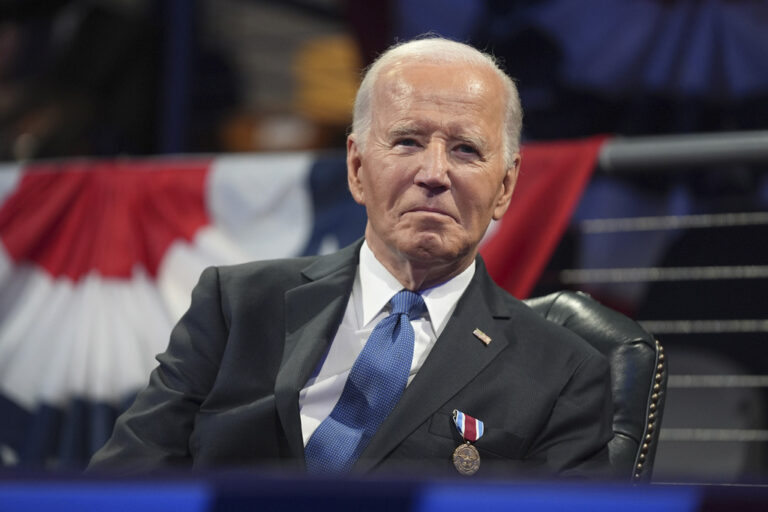Children who drink 100 percent fruit juices apparently don’t tend to be overweight, and they may enjoy more nutritious diets than kids who don’t drink the beverages, a new study finds.
“We found juice consumption was not excessive among children,” said lead researcher Theresa A. Nicklas, a professor of pediatrics at Baylor College of Medicine in Houston. “In addition, 100 percent juice consumers had a better diet than children who did not drink juice.”
Fruit juice is healthy, Nicklas said, adding, “One hundred percent juice contributes valuable nutrients in children’s diets. This may be an important way for parents to get a serving of fruit into their children’s diet.”
A common misconception is that 100 percent juice contains added sugar, Nicklas said. “It contains naturally occurring sugar just like you would find sugar in milk or whole fruit,” she said.
The study — partially funded by the Juice Products Association, which represents manufacturers and marketers of juice drinks — was published in the June issue of the Archives of Pediatrics & Adolescent Medicine.
In the study, Nicklas and her colleagues collected data on 3,618 children age 2 to 11 who participated in the National Health and Nutrition Examination Survey between 1999 and 2002. As part of the survey, children were weighed, measured, and the types of food and drink they consumed were noted.
The researchers found that children drank about 4.1 ounces of juice a day, which contained about 58 calories. They didn’t find any association between drinking juice and being overweight.
Children who drank 100 percent juice consumed more calories, carbohydrates, vitamins C and B6, potassium, riboflavin, magnesium, iron and folate. They also had significantly less intake of total fat, saturated fat, discretionary fat and added sugar, the researchers found.
Children who drank juice also ate more whole fruit than those who did not drink juice, Nicklas’ team found.
Generally, the children drank less juice than the maximum amount recommended by the American Academy of Pediatrics. The academy’s recommendation is 4 to 6 ounces for children one to six years old, and 8 to 12 ounces for older children and teens.
One health expert thinks that, while juice may be better than soda, it isn’t the best drink to avoid overweight or obesity.
“Finding no association between fruit juice intake and weight in children invites one to see the juice cup as half full, or half empty, depending on perspective,” said Dr. David L. Katz, director of the Yale University School of Medicine’s Prevention Research Center. “The authors clearly see it as half full and state that fruit juice consumption should be encouraged. I think this goes too far.”
Another new study suggests that children are drinking too much fruit juice and other sweetened beverages, which may be contributing to the obesity epidemic among children and teens.
The study, published June 2 in the current issue of the journal Pediatrics, found that for children ages 2 to 19, 100 percent fruit juices and sugar sweetened drinks make up 10 percent to 15 percent of their total calorie intake.
According to the report, that’s too much fruit juice. “Mounting epidemiologic and experimental evidence suggests that reducing intake of empty calories by limiting sugar sweetened beverage consumption may be a key strategy for promoting healthy eating and preventing excess weight gain in youth,” the researchers concluded.
(National Health Information Center / HealthDay News)











One Response
It is important to note that this study refers to kids who drink 4 ounces of juice a day. That is only half a cup a day. This study does not refer to childen who drink 2-4 cups a day of juice.
Although it is true that juice contains natural sugars (fructose) and not added sugar (those are “juice drinks”), they are still loaded with calories. A cup of orange juice has approximately 110 calories. A cup of soda, to compare, has between 100 and 120 calories. The sugars are processed by the body in nearly the same way. In addition, drinking a cup of apple juice will not fill a child the same way eating an apple will. After eating an apple, the child will feel full and go back to play. After a cup of juice he will still feel hungry and go looking for something more to eat, often more junk food.
When our schools give out juice as drinks for snack, a cup in the morning and a cup in the afternoon that is already four times the amount recommended in this study, and adds significant “empty” calories to our children’s diets. This is in addition to the amount of juice they will drink at home for breakfast, supper and snacks.